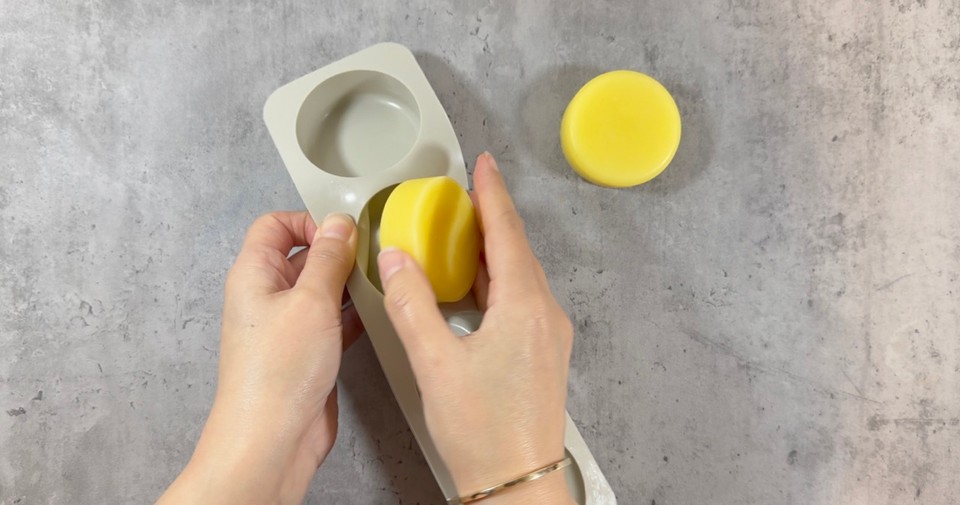Solid Conditioner Bar For Damaged Hair
| Phase | Ingredient | Percent (%) | Weight (g) |
|---|---|---|---|
| Phase A | BTMS50 | 65 | 65 |
| Cocoa butter | 5 | 5 | |
| Cetyl alcohol | 8.5 | 8.5 | |
| Stearic acid | 4 | 4 | |
| Broccoli seed oil | 6 | 6 | |
| Phase B | Citric acid | 0.5 | 0.5 |
| Glyceryl oleate | 2 | 2 | |
| Sodium PCA | 2 | 2 | |
| Amaranthus Caudatus Seed Extract | 4.2 | 4.2 | |
| Preservative (Cosgard) | 0.8 | 0.8 | |
| Fragrance oil | 2 | 2 |
I love conditioner bars. They are so easy to travel with, easy to use, last for ages, and are very effective.
I use mainly solid hair products. Solid hair conditioners last a very long time, especially if you keep them in a soap dish where they can dry between uses.
I wash my hair with solid shampoo bars such as this Indigo shampoo bar and then use the solid conditioner on the ends of my hair.
This recipe is for 100g, which makes two medium size conditioner bars.
I have shared several conditioner bars. You can check them under the Hair category. One of my favorite solid conditioners is this one.
If you have made a conditioner bar before, you know the main ingredient is a cationic surfactant (They have a positively charged water-loving head). The positive charge on cationic surfactants helps remove the negative charge and helps with smoothing down the cuticle.
Cationic surfactants do not have high foaming abilities.
My favorite cationic surfactant is BTMS50.
BTMS (behentrimonium methosulfate) is a plant-based emulsifying wax made from Colza or Rapeseed oil.
BTMS50 or BTMS25 are a blend of Behentrimonium Methosulfate and Cetearyl Alcohol (BTMS50 contains 50% behentrimonium methosulfate, the active ingredient in BTMS, while BTMS25 contains 25% behentrimonium methosulfate).
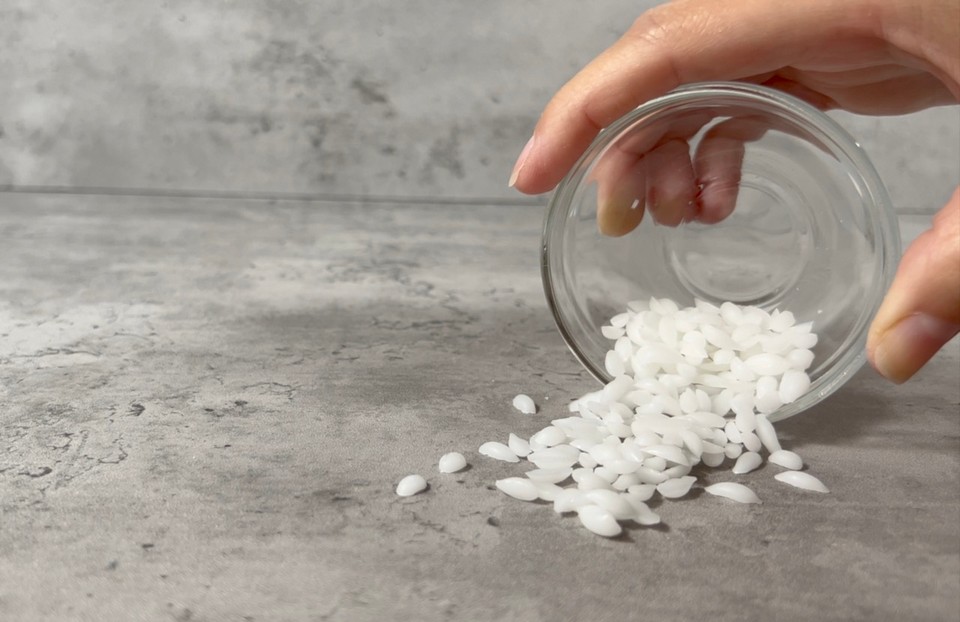
You can help support my website and channel through the “buy me a coffee” page.
Here is the link: https://www.buymeacoffee.com/diycosmetica
Your support helps me keep sharing here more information and more formulas.
BTMS50 is the primary conditioning agent in this solid conditioner bar. It doesn't cause buildup in the hair and is non-irritating to the scalp.
You can replace BTMS50 with Varisoft EQ 65 (INCI Name: Distearoylethyl Dimonium Chloride (and) Cetearyl Alcohol) or Emulsense HC (INCI Name: Brassicyl Isoleucinate Esylate (and) Brassica Alcohol) in case you choose Emulsense™ HC, you will probably need to raise the PH, and it is only compatible with arginine for adjusting the pH. Check this post on how to adjust PH.
I usually use at most 25% -30 % of BTMS in my conditioner bars, but I tried this formula with a much higher percentage of BTMS to have a very hard conditioner bar that will not melt even in the hottest weather.
I also used cocoa butter which is super moisturizing and helps in smoothening the hair. You can swap it with Kokum Butter or Cupuaçu butter.
For a nice slip, I add Cetyl Alcohol which helps detangle the hair effortlessly. You can swap the cetyl alcohol with cetearyl alcohol, myrica fruit wax, rice bran wax or berry wax.
Read here about waxes in cosmetics to get ideas for alternatives.
For my liquid oil, I use broccoli seed oil. This oil is a softening agent and emollient that gives shine to hair. Broccoli Seed Oil has a light consistency and penetrates the hair without leaving the hair greasy.
If you don't have broccoli seed oil, you can use jojoba, argan or fractionated coconut oil.
Stearic acid helps harden the conditioner bar and coat, condition, and protect the hair shaft without dulling or weighing it down. If you want to replace it, use berry wax or myrica fruit wax instead.
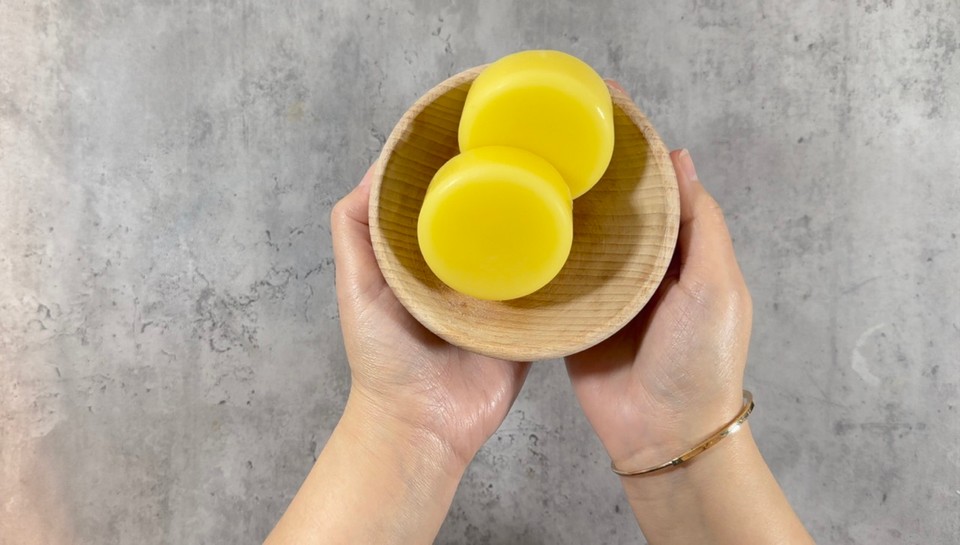
For my phase B ingredients, I add citric acid, which helps to lower the PH of the conditioner bar, which results in closing the hair follicles making the hair soft and shiny.
Glyceryl oleate is a biodegradable alternative to silicones (Glyceryl Oleate can be found in human hair lipids). You can replace it with Isoamyl Laurate (a fatty acid ester) or green-silicone (INCI: Hydrogenated Ethylhexyl Olivate (and) Hydrogenated Olive Oil) or Coco caprylate (a natural emollient derived from coconut). You can use fractionated coconut oil if you don't have any of those.
I also add Sodium PCA, a natural hydrating agent derived from oils, plants and fruits. You can swap it with Sodium lactate or glycerin.
Lastly, I added Amaranthus Caudatus Seed extract, which is high in lysine, an amino acid that's present in hair but that the body can't produce on its own. This extract is very beneficial for the hair. It helps stimulate hair growth and strengthen the keratin in your hair. You can replace it with Hydrolysed Wheat Protein, Hydrolyzed Keratin or Hydrolyzed Silk.
I use fragrance oil, but you can replace it with an essential oil such as lavender or eucalyptus. If you are using an essential oil, it is recommended to reduce the amount to 1g for a total of 100g of product. Make sure to use a safe essential oil. Some essential oils can irritate the scalp.
If you use different preservatives, read the supplier's instructions and use them accordingly. If you need to use more than 1%, you can retract from the extract amount to balance the total to 100g.
My conditioner bar got its yellowish color from the fragrance oil. I did not add any colors to the bar.
If you want to add mica, you can use a small amount (a pinch or less) to color your bar. Alternatively, you can use infused oil to color your bar. I wrote a post with a naturally colored conditioner bar here.
By using an oil infusion, you can have a colorful bar. Some infusions that can give the bar a nice color would be: oil infusion with Alkanet root powder, oil infusion with annatto seeds, oil infusion with green tea, oil infusion with madder powder. Check this post here about oil infusions.
Method:
- In a heat-resistance beaker, place phase A ingredients. Start with the BTMS50 and then add the remaining phase A ingredients.
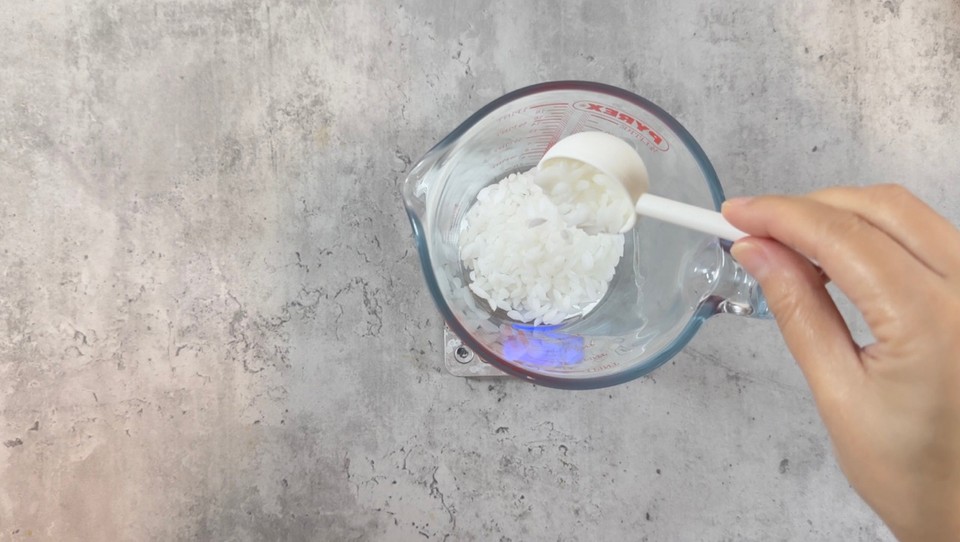

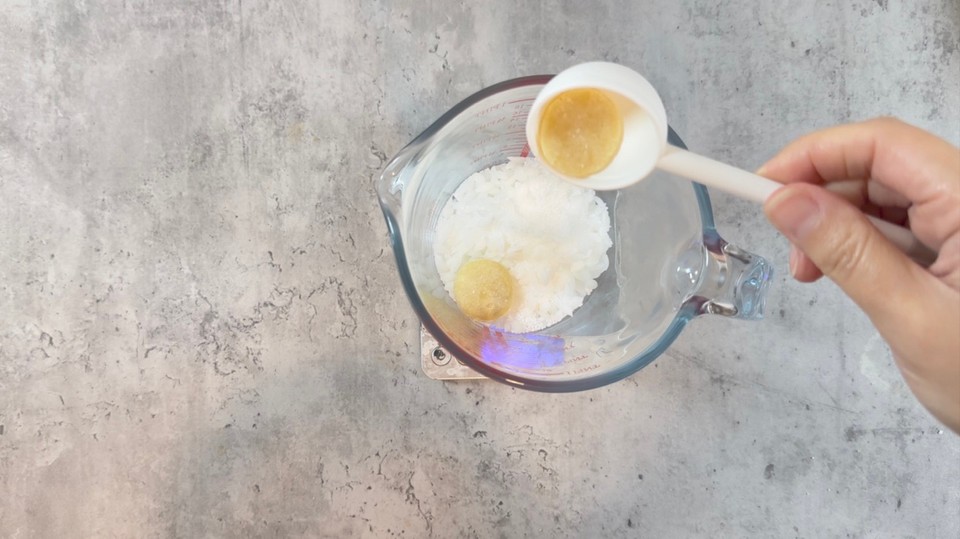
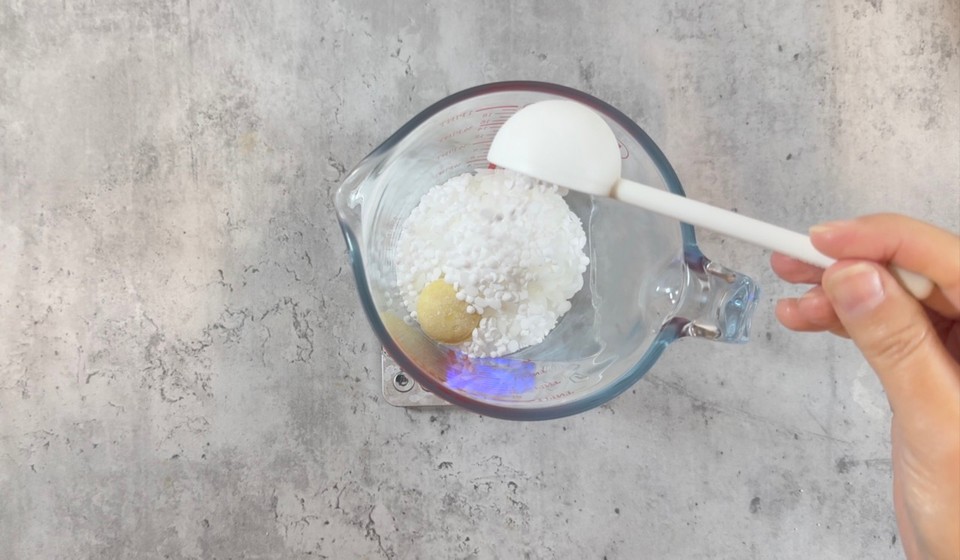
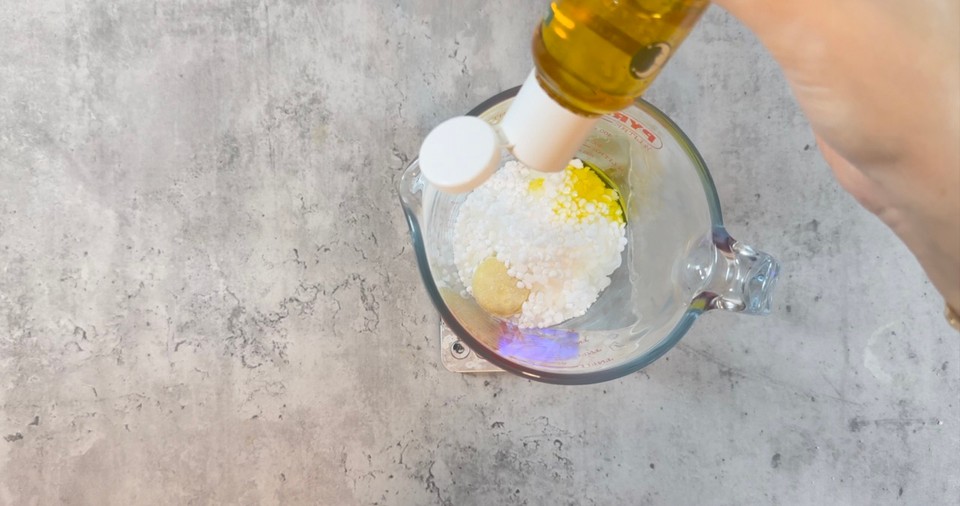
- Place phase A into a double boiler on medium heat to melt all ingredients.
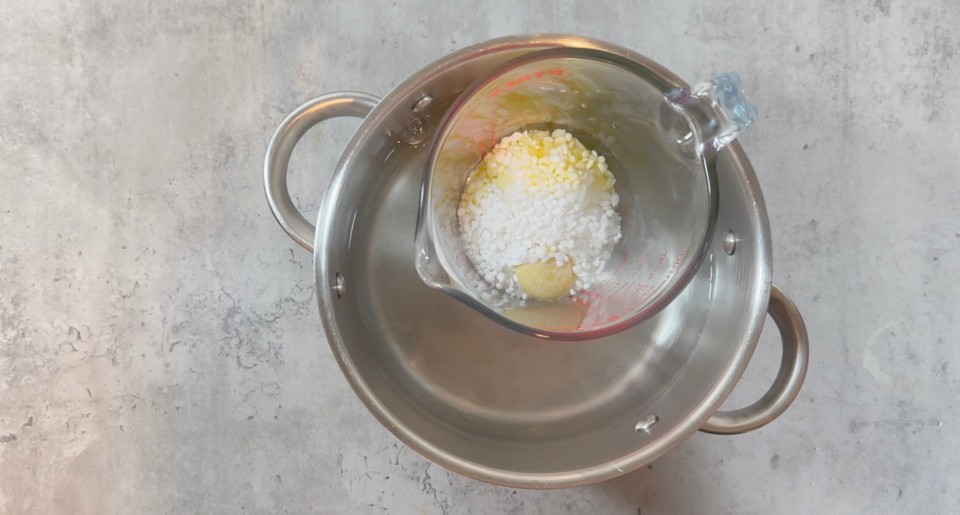
- Meanwhile, prepare phase B. In a different container, add all ingredients from phase B. Mix to combine.
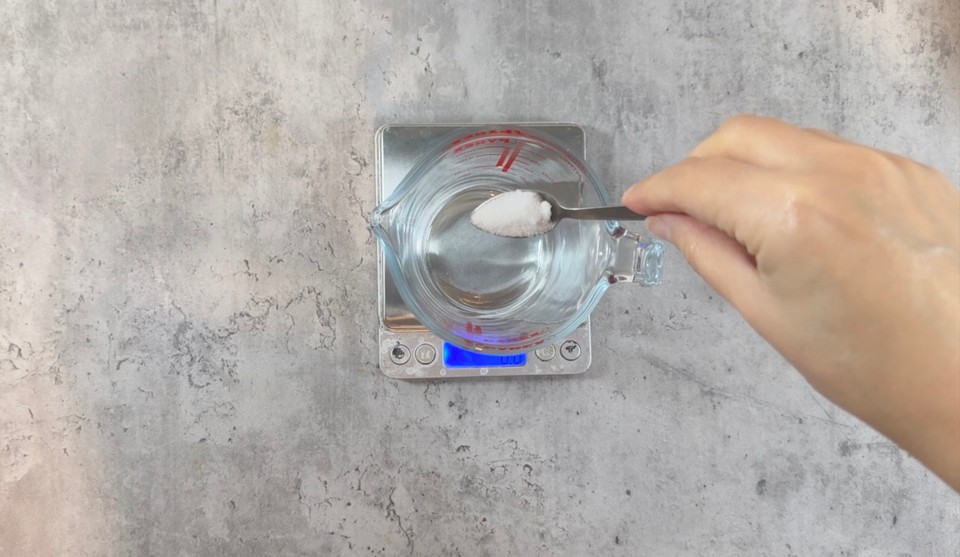
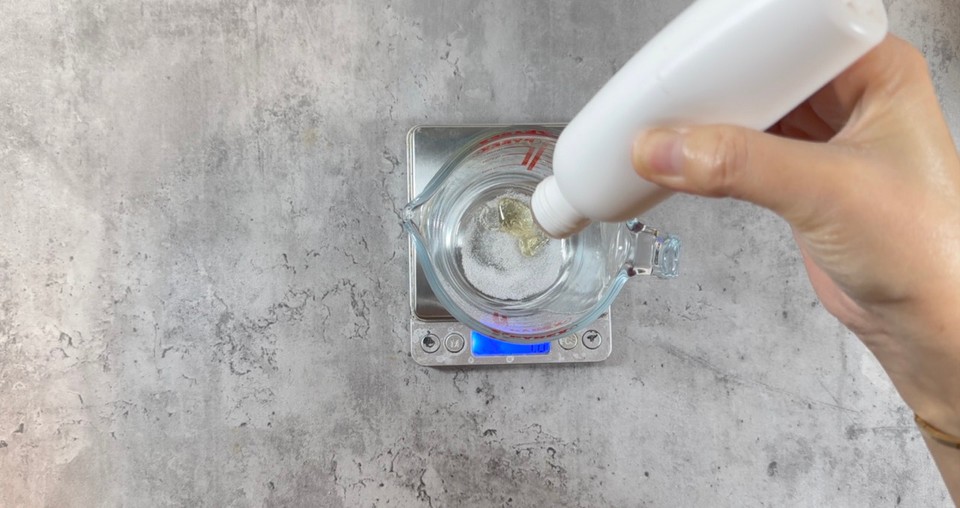
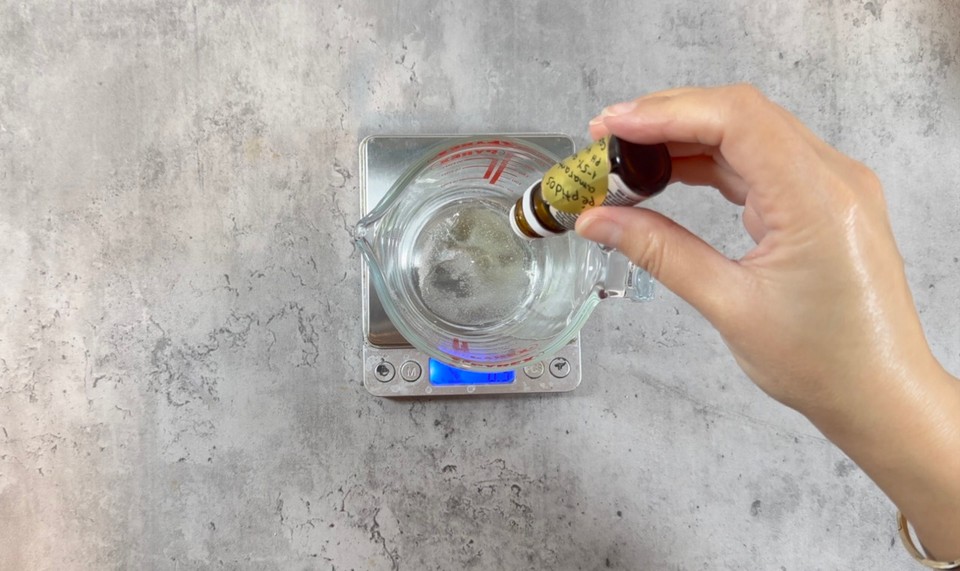
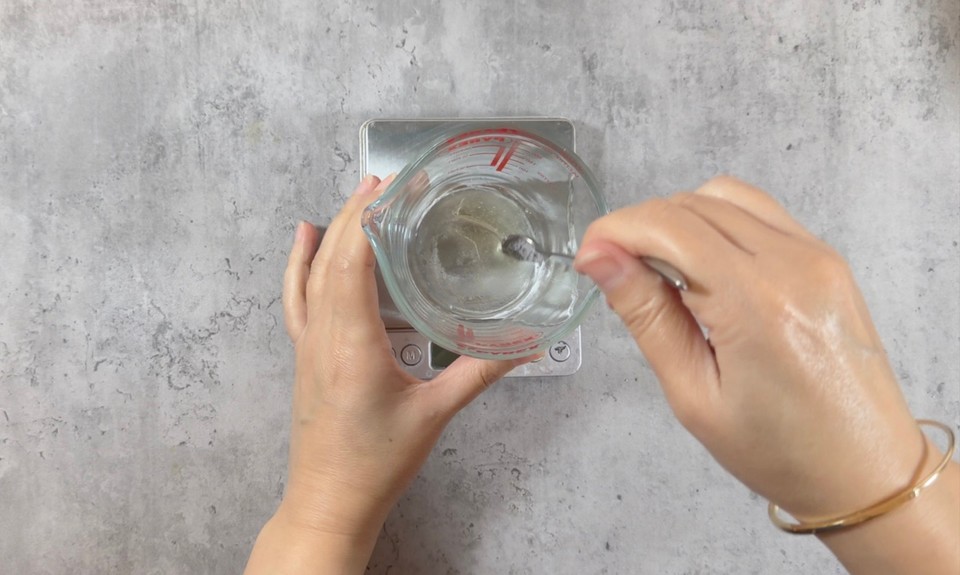

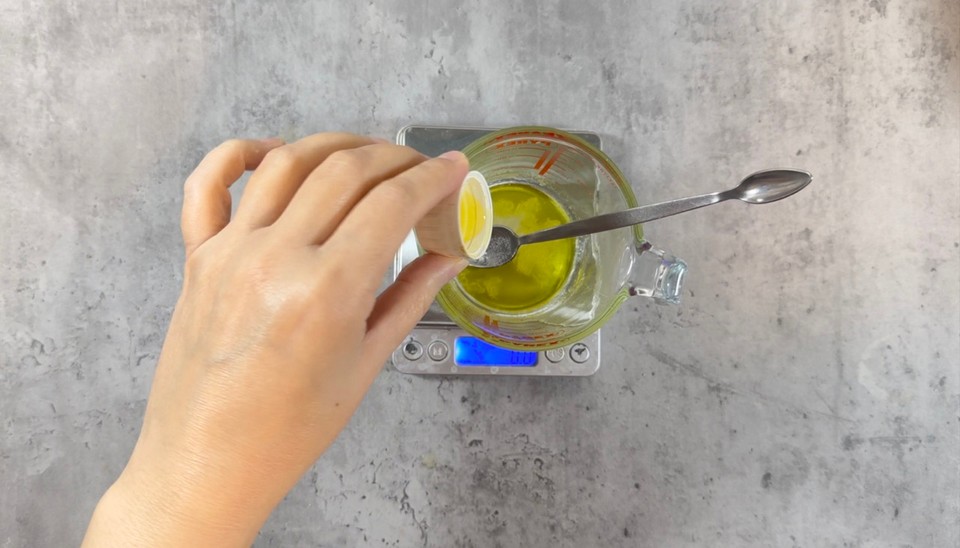

- Once phase A is melted, remove it from the heat. Let phase A cool down. Since some phase B ingredients are heat sensitive, we want to add them after phase A has cooled down a little bit. Add phase B and stir to combine.
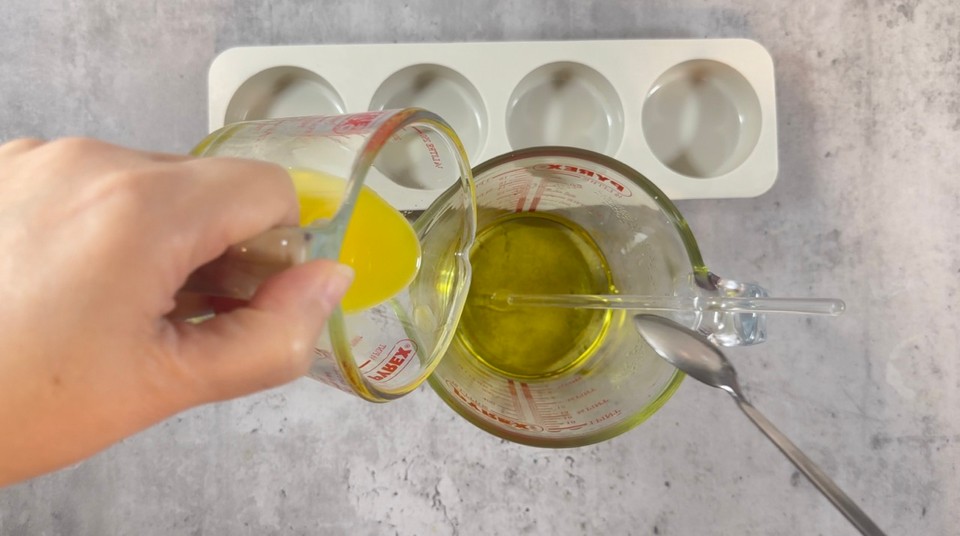
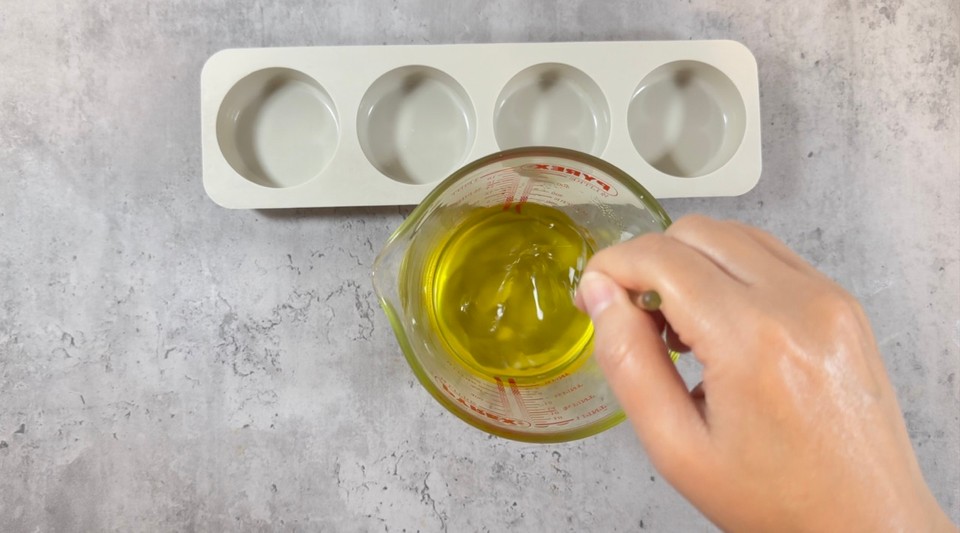
- Pour into silicone molds and let the bars cool down completely and solidify.
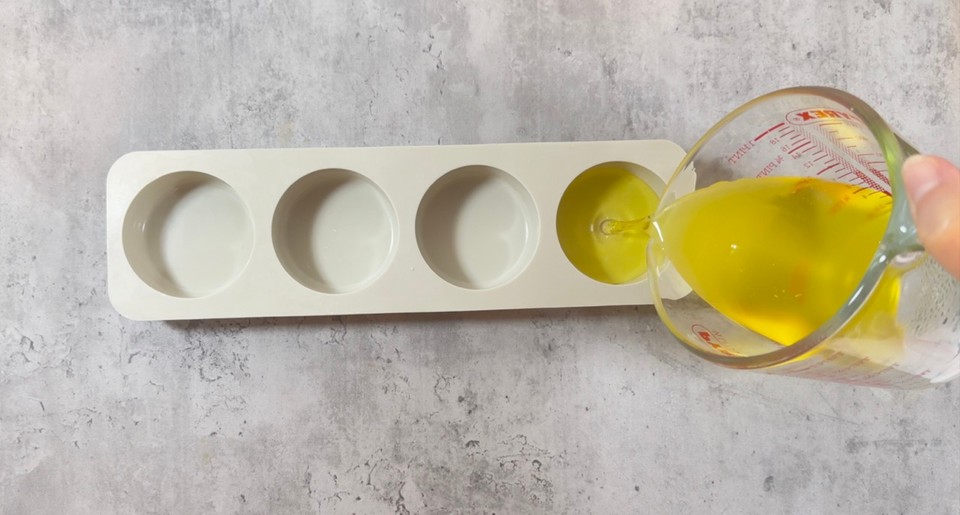


- You can unmold the conditioner bars once solidified.
